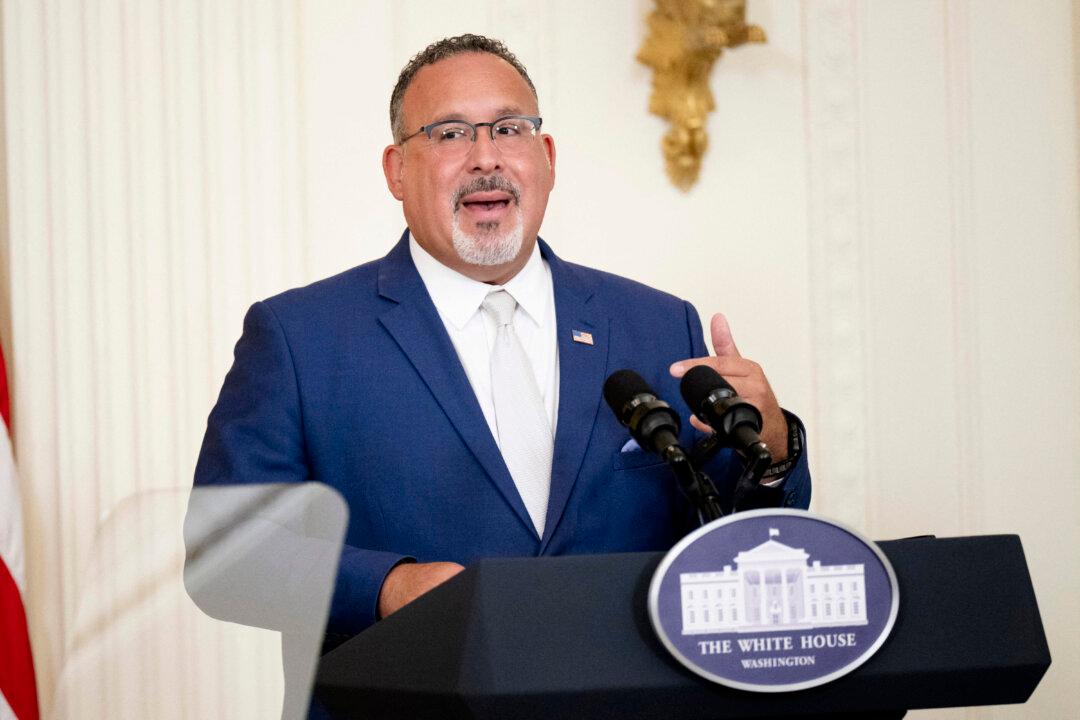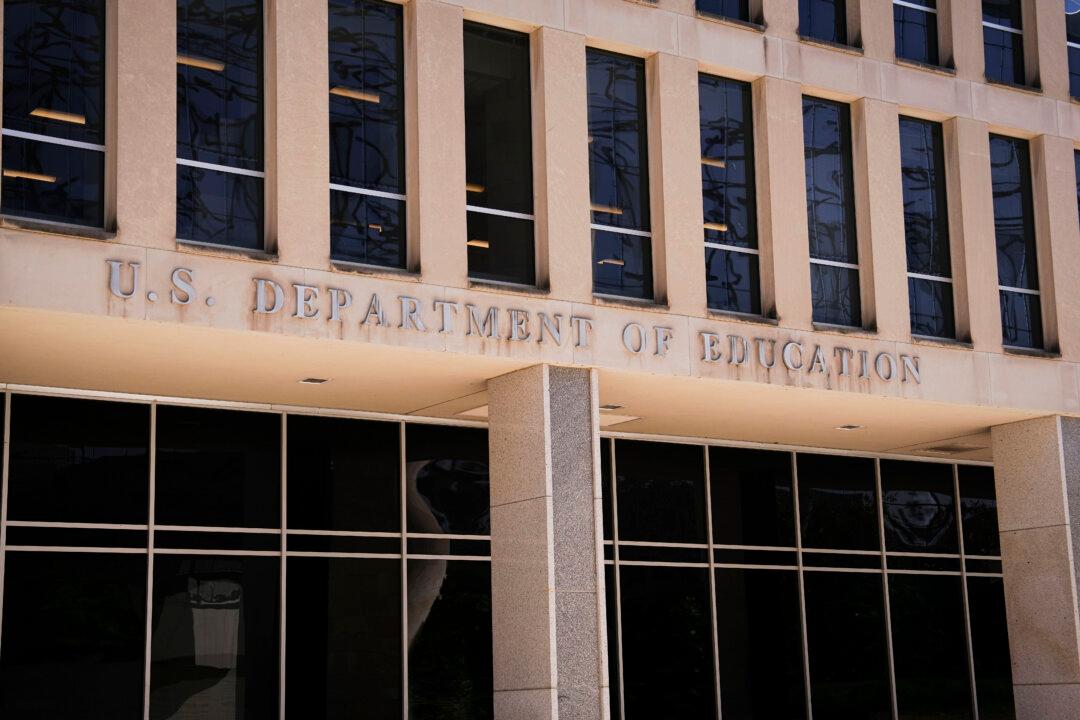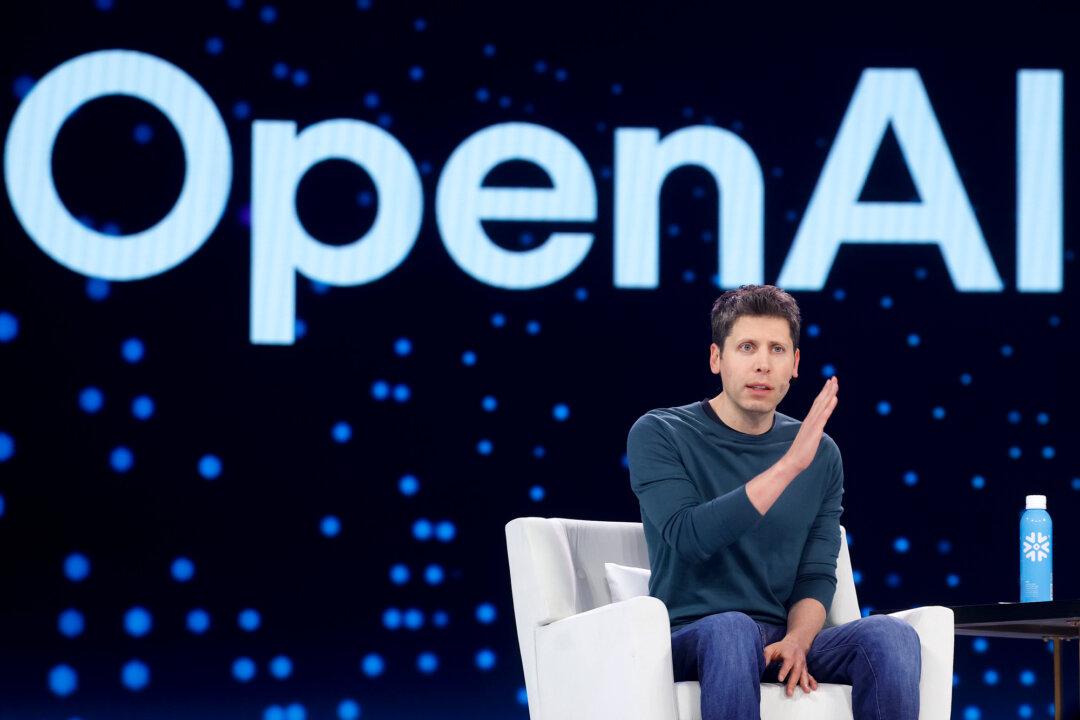Most high school seniors will need to wait until December to be able to use the federal government’s college financial aid form to apply for grants and scholarships, the U.S. Department of Education said.
The Education Department said in an Aug. 7 press call that it will begin testing the 2025–26 Free Application for Federal Student Aid (FAFSA) in October, among “a limited set of students and institutions,” before making it available to the general public “on or before” Dec. 1.





